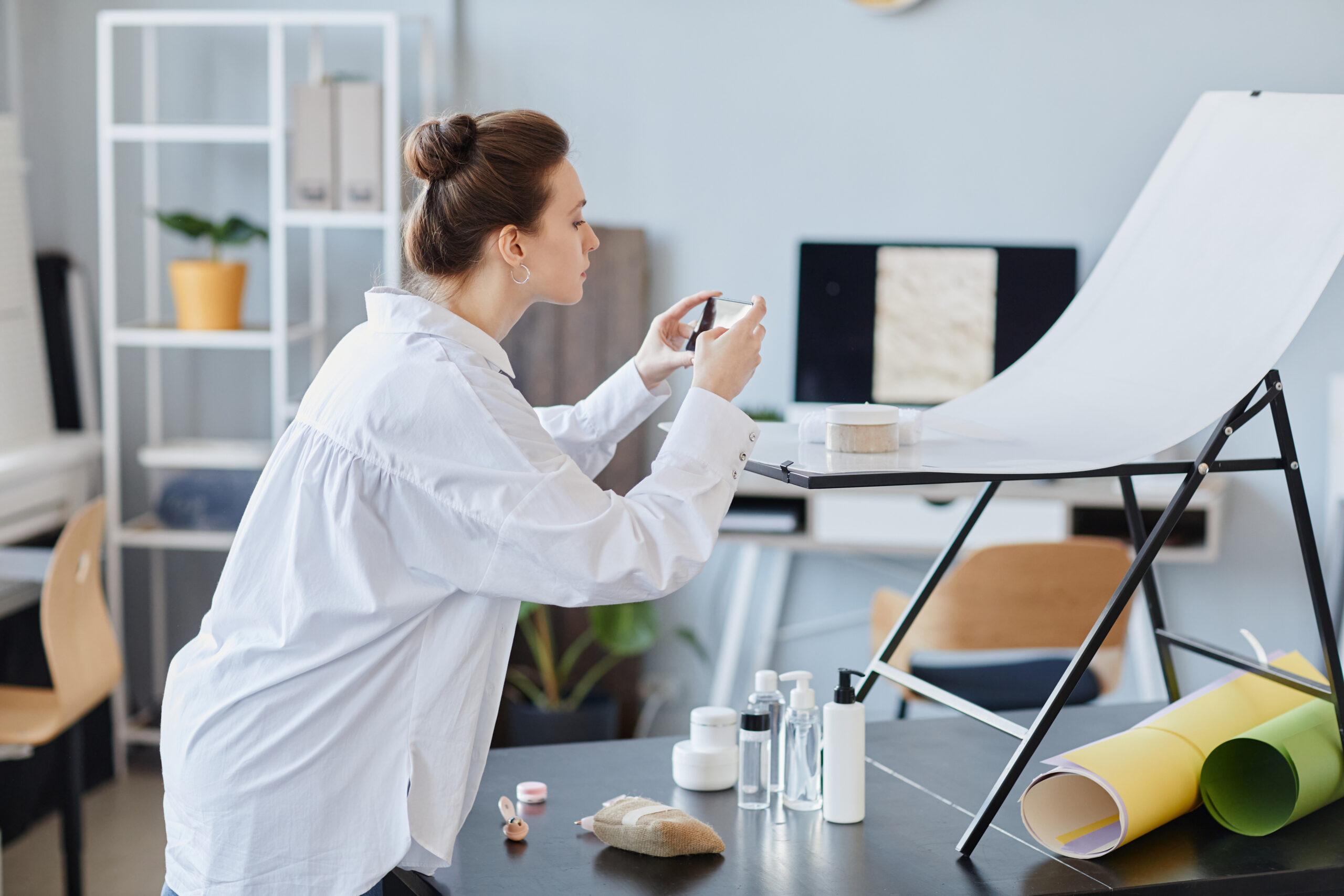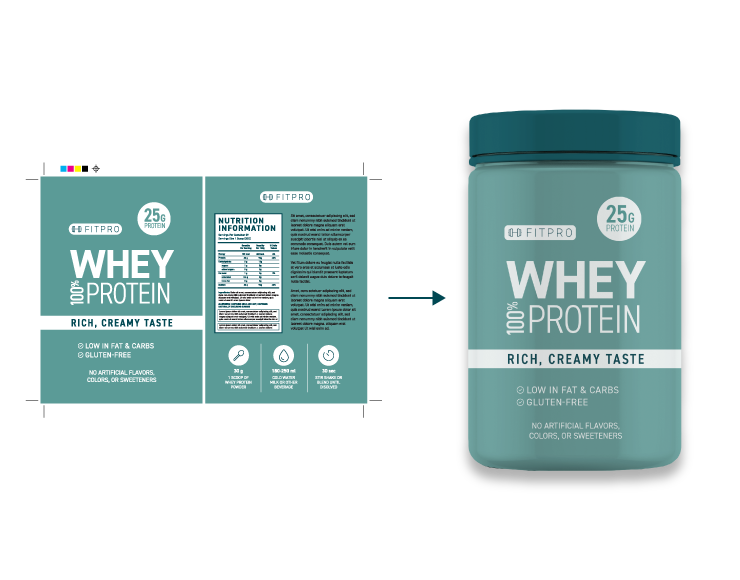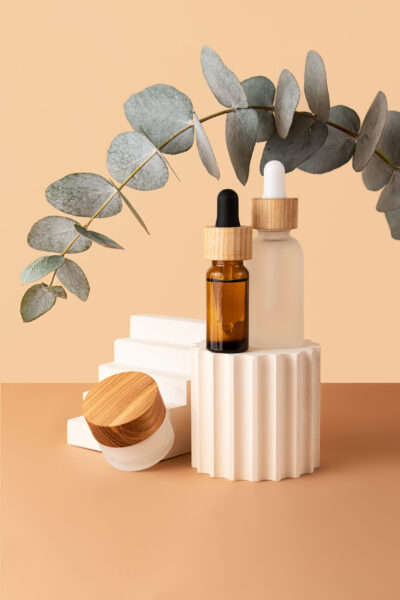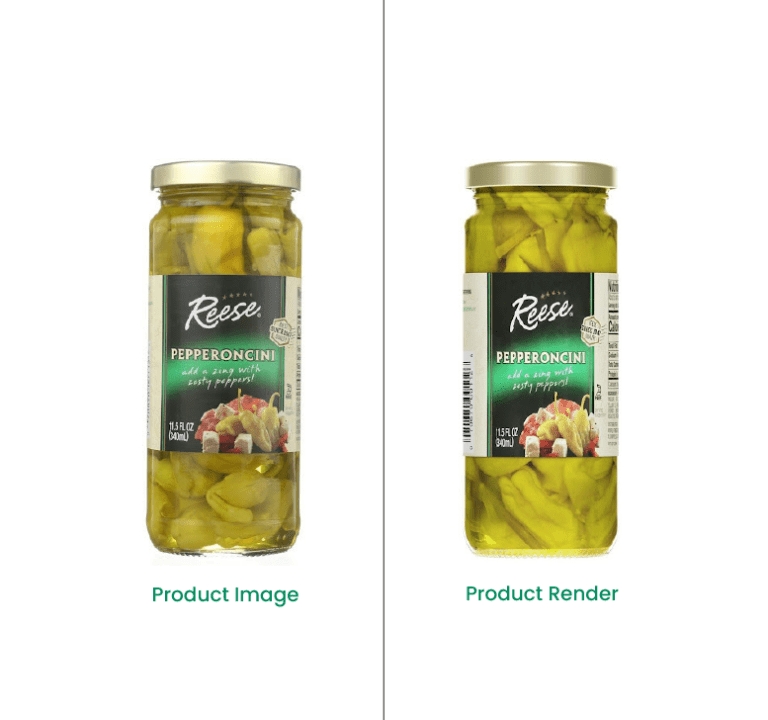Creating high-quality rich media content at high-volume starts with having an efficient and functional studio workflow. At 1WorldSync’s Chicago Studio, we’ve found the secret sauce for effectively running our day-to-day operations . There isn’t a single variable that results in the end success; rather, there are a multitude of activities joined together to create a successful studio. In this post, we explore how to build an effective photography studio and the variety of initiatives that help it succeed.
What Makes a Photography Studio Successful?
The 360 degree photography studio of today is more so a logistics operation than an image creation engine. Tens of thousands of products roll through our dock doors in all shapes and sizes — they must be checked in, vetted, categorized, and prepped before they are delivered to the correct photographer station. And, this is only the physical part of the process. There is also another equally complex process happening in parallel: data management. It is crucial to effectively manage the physical product data and ensure it is tied to the correct digital assets. While there are many moving parts to a studio today, bringing this all together with a solid creative team is a challenging but manageable task.
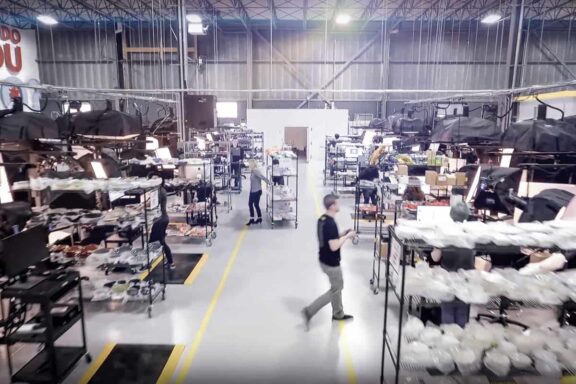
How 1WorldSync Built an Effective Photography Studio Workflow
There isn’t one tool that can manage every aspect of our workflow process. We have a variety of components that tie our workflow together to create an efficient and high-quality studio. A workflow tool (we use SpinMe and PhotoRobot), is an essential component of our process at 1WorldSync. It extends from product check-in to image capture, to post-production. With the size of our Chicago studio (30,000-plus sq. ft.), the number of products we manage, and our customer’s stringent standards, we need data reporting throughout the entire process. Like many tech-heavy production operations, we lean on our data analysts to create and manage complex databases. Having this deep view into process and efficiencies allows us to make data-driven business decisions.
Automation plays a huge role in our success, as well. Neural networks and creative development work helps to eliminate human error and accelerate our customers’ “time to web.” All in all, success comes from identifying our requirements , picking the best available tools for the job, and then developing custom apps to fill in the gaps where standard tools fall short. It’s really a hybrid of buy and build.
What Goes Into a Successful 360 Photography Studio Workflow?
Structured Processes
From how a package is checked in and stored, to the best lighting configuration for a given product, all are repeatable processes to be identified, documented, implemented and tracked. With data analysis being a key ingredient to any large scale project, it is impossible to track your studio’s efficiency and profitability without having solid processes in place. At 1WorldSync, we have identified and documented how to effectively perform each process to keep our studio running at an excellent pace, delivering the highest quality content.

Automated Technology
In a large studio operation, there are countless repeatable tasks that are handled by humans that can and should be run by machines at a faster pace while maintaining high-quality. In our studio, we have perfected an automated process that frees up time for our employees to perform more important tasks, boosting our overall throughput. PhotoRobot hardware, AI-driven post-production, and auto-triggered file exporting and file delivery is just a few ways we have automated our studio production. These technologies have also enabled our studio process to be consistent and seamless.
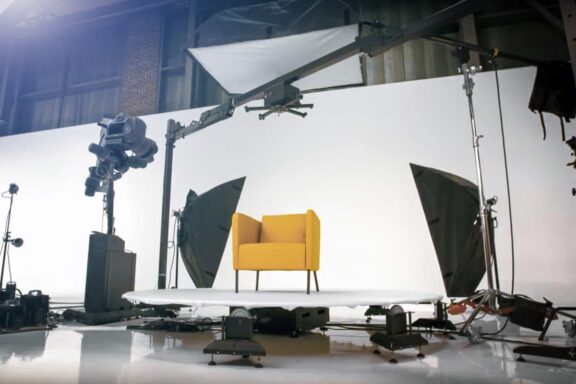
Data Management and Reporting
Data is important in every conversation, and it takes many forms. To some customers, the images we capture are considered just another data point related to their products. A single product could end up on several different retailer’s websites, each having its own naming convention, shipping information, and metadata requirements. Then, we have our own internal data tracking process that drives most of our production and decisions. Data helps to streamline the process of tracking when the products come into the studio through to the delivery of the final file.

Creative Team Integration
While everything we’ve covered is important, it is critical that we have the right people in the right roles to manage all of the different variables that drive an effective studio workflow. This includes tight integration and collaboration across our customer success team, sales team, merchandise team, photographers, and quality control team that make up our secret sauce. Without one of these teams functioning at the top of their game, our studio workflow would not operate efficiently. Strong communication is integral to the success of our operation and ensure customers are delighted with our work.
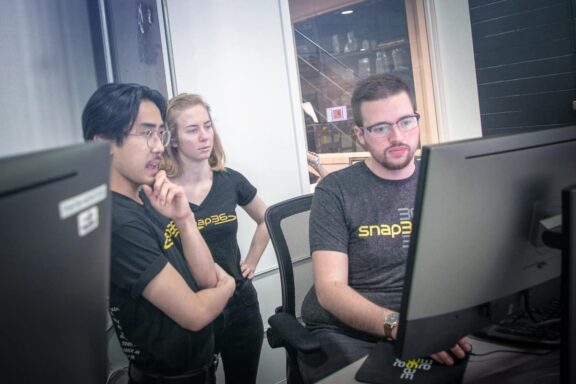
Client Engagement
At the beginning of a project, we walk through the details with our clients — creating style guides, defining standards, and receiving product data. We require a product shot list (the list of products that includes SKU numbers, bar codes, etc.) and an understanding of the data the customer wants to be associated with their images before the products are received. During the photography process, we are in constant communication about physical and digital deliveries, image subject matter, post-production, and deadlines. If we are capturing images in our Chicago studio, we always welcome customers to visit during the project to physically work with our photographers to ensure all of their needs are met.
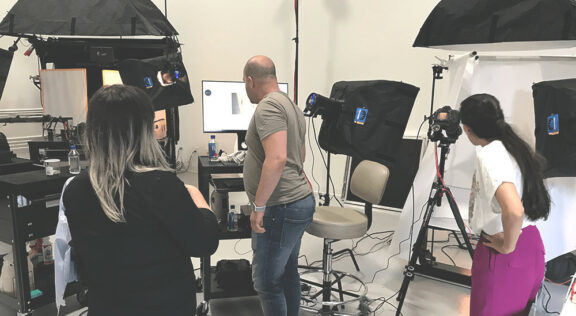
As we’ve outlined, there is a multitude of things that must seamlessly work together to successfully run a product photography studio. The right data and processes are crucial, and to be blunt, without these we wouldn’t have a proper studio workflow operation. Whether it’s the data, technology, or cross-functional team integration, without any of these key components the studio cannot function like the well-oiled machine it needs to be.
Are you interested in learning more about our overall studio workflow? Come see it for yourself, and schedule a time to visit our Chicago studio!

